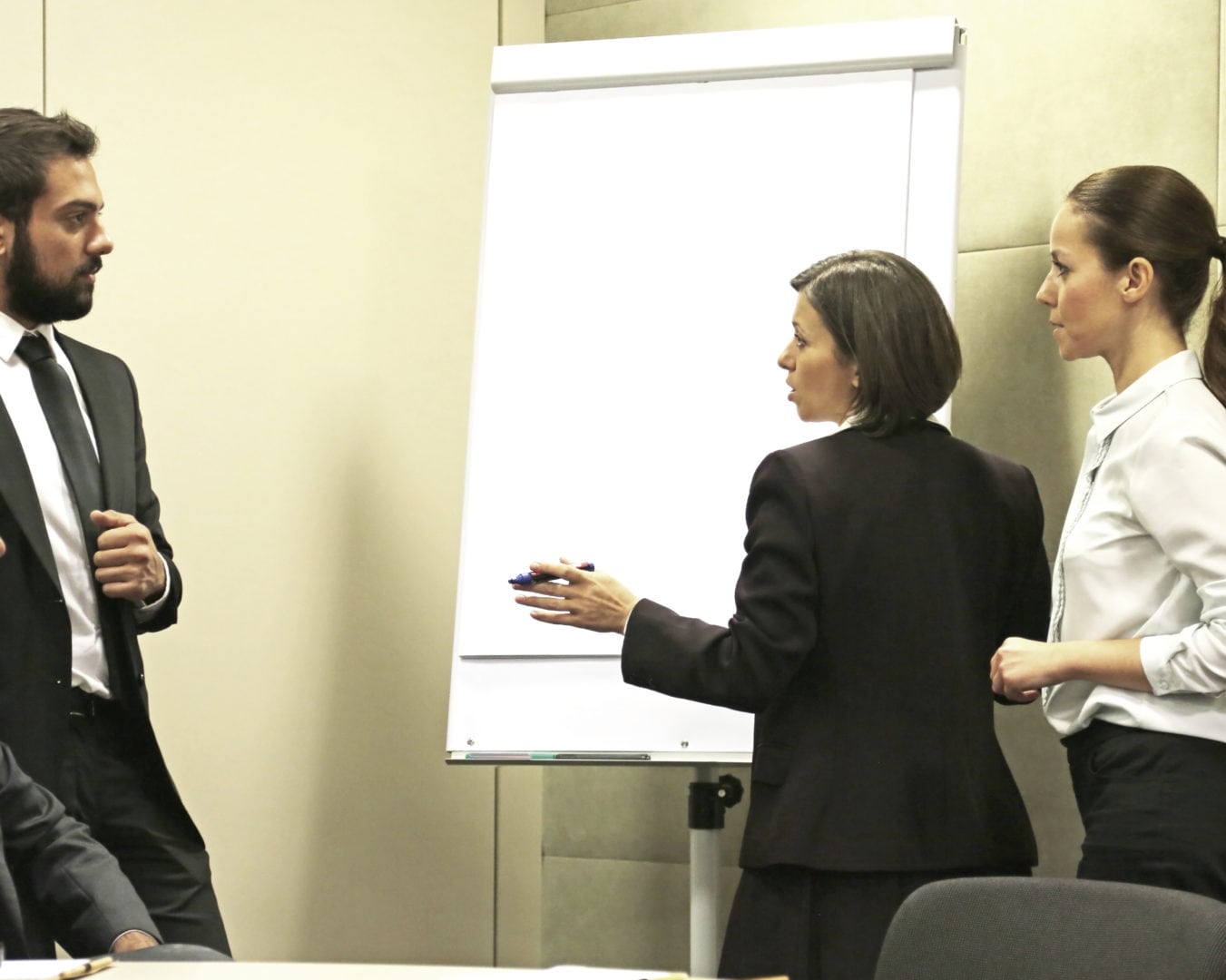It was several hours before anyone noticed that Alex was not in his room. So where was he?

Unexpected situations and hidden crisis management talent
The phone rang, loud and persistent. The members of the crisis team looked expectantly at one another. Who was going to answer it?

That was shortly after we heard that Alex had missed last night’s curfew and didn’t return to the compound. The guards, dozing in the tropical African heat, had failed to report anything amiss. It was several hours before anyone noticed that Alex was not in his room. So where was he?
It wasn’t long before we found out. One of the local boys heard a rumour that IS had kidnapped an aid worker. Everyone’s thoughts went into overdrive. Perhaps it wasn’t Alex – perhaps it was someone else? Remember when the neighbours said that they were being watched? Remember when the governor said that their organization couldn’t be trusted? Who was going to call Alex’s wife? Does he have children?
The crisis team was assembled in Amsterdam. IS had taken over Alex’s Facebook account (how?) to announce that someone would call at 10:00 our time. It was now exactly ten o’clock.
The roles had been assigned. The crisis team had a press spokesman, someone who would liaise with the family, a logistics officer and, of course, a team leader. But whose job was it to answer the phone? At that moment there was a tap at the door and a receptionist entered with tea and coffee. Having placed the tray on the table, she instinctively lifted the receiver and politely enquired how she could help. The team members held their breath.
The conversation began. The receptionist was obviously somewhat taken aback at first but then calmly started taking notes. She asked precisely the right questions and managed to obtain a lot of information from the kidnappers – probably far more than they had intended to give. This lady was not just a good negotiator, she was an absolutely brilliant one!
This all took place during a crisis management exercise we organized for an international humanitarian aid organization. The story is a good example of how crisis management talent can be found in unexpected places.
Tradition
Traditionally, crisis management responsibilities are assigned on the basis of people’s regular position within the organization. The Head of Communications is put in charge of media contacts, while the Human Resources manager is expected to deal with the family.
There is something to say in favour of this approach. After all, these people are the experts in their respective fields. It is often the best choice. But not always.
High speed
A significant characteristic of any crisis situation is the speed with which decisions have to be made under pressure. There is no shortage of information. Indeed, there is likely to be an information overflow. But there may be a severe shortage of relevant information on which to base sound decisions. There is pressure from all sides: the media, the public and, of course, the ‘bad guys’. These outsiders determine the tempo. The stakes can be extremely high: people’s lives hang in the balance.
Not everyone can handle this type of pressure. A manager could be among the best in the day-to-day business setting but will fall to pieces in a crisis. Conversely, there are people who come into their own when the chips are down, as in the case of our receptionist.
Pressure
Pressure is not the only factor. The organization’s culture can also affect someone’s suitability for a crisis management role. In a relatively informal, bottom-up organization in which decisions are based on mutual consultation, not everyone will be willing or able to ‘step up to the plate’. Within the crisis team, the sole purpose of discussion is to share information. Participative leadership is a luxury that time does not permit. Decisions must be taken quickly by the person in charge. This directive approach is an entirely different leadership style, and one which must be cultivated.
It is important to select the right people to form your crisis team. But how do you find out who can fill a role effectively? How do you identify those who can work under pressure?
An organization may well discover that its crisis team is below par when it is too late. A real-life crisis situation emerges and the organization must make the most of what it has. It may become painfully obvious that one of the team members is not up to the job. Other people may be able to compensate for his shortcomings but solving the crisis will become just that little bit more difficult.
Crisis Simulations
Many organizations opt to prepare for the worst through training and simulation exercises. This might involve staging a kidnapping, a serious car accident involving one or more staff members, or a potential PR disaster in which the organization is about to be painted in a very poor light. Simulation exercises are a form of ‘serious gaming’ and can be very useful in revealing who is suited to a particular role and who is not. It is possible to run the exercise with two or more ‘shadow’ teams, whereby people can take turns in the various roles and test each other’s mettle.
Crisis management simulations offer an intense and constructive way of recruiting and retaining the right people for your crisis management team. They pay real dividends should a real-life situation ever occur. And remember that everyone within the organization, regardless of position or rank, may have hidden crisis management talent.